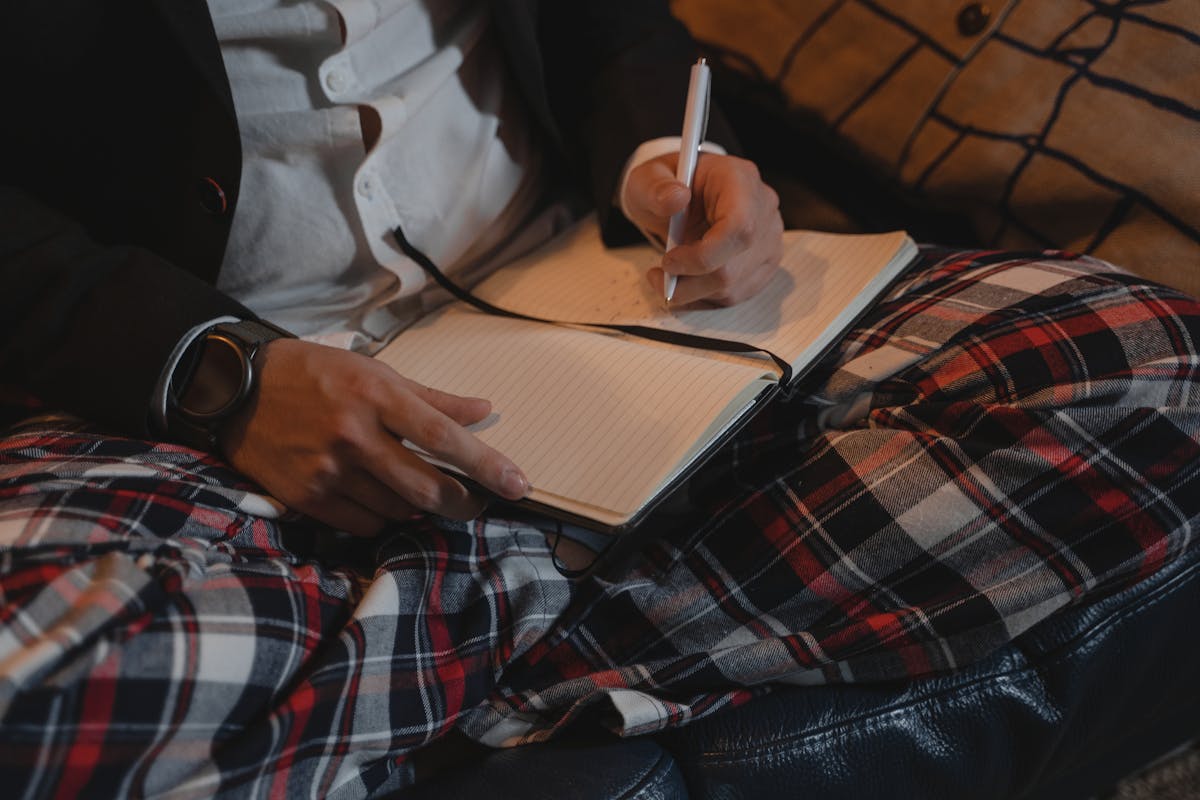Fashion Design Notebook: A Designer’s Creative Playground
What Exactly Is a Fashion Design Notebook?
Imagine having a personal vault for all your creative fashion ideas—sketches, swatches, color concepts, inspiration images, and wild thoughts. That’s your fashion design notebook. It’s where your imagination finds form. It’s not just a sketchbook; it’s part diary, part vision board, and part creative lab.
Why You Need One as a Designer
Every fashion designer—whether a student, a hobbyist, or a full-blown pro—needs a space to brainstorm, test, and refine ideas. Your fashion design notebook helps organize your thoughts and preserve that creative spark that can easily get lost in busy schedules or digital noise.
This isn’t about being perfect. It’s about staying connected to your design voice.
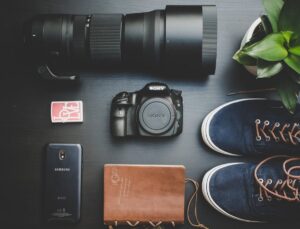
The Core Elements of a Fashion Design Notebook
- Fashion Sketches
Sketches are your design’s first heartbeat. Don’t worry if your drawing skills aren’t top-tier—what matters is capturing your concept. Use front, back, and side views. Draw folds, drapes, collars, and zippers—make your ideas feel real.
- Fabric Swatches
The feel is everything in fashion. Attach small fabric samples—cotton, silk, denim, mesh—and write notes like
- Texture (soft, rough, stretchy)
- Weight (light, medium, heavy)
- Use pants, evening gowns, and outerwear.
It helps when matching designs with fabric realities.

- Color Palettes and Mood Boards
Use Pantone shades, paint samples, or even magazine clippings to show the vibe. Does your collection feel moody and dark or bold and electric? Mood boards help you lock in your theme visually.
- Design Notes and Thoughts
Write down what inspires each look. Maybe a childhood memory sparked an idea, or a documentary opened a new perspective. These little insights add depth to your designs.
Organizing Your Fashion Notebook Like a Pro
Start with a personal intro.
Include your name, contact info, and a short intro about your fashion perspective. This is super helpful if you ever pitch your designs to someone—your notebook speaks for you.

Divide by Collection or Season
Structure it by:
- Spring/Summer
- Fall/Winter
- Capsule collections
- Themes (e.g., “Urban Jungle” or “Retro Revival”)
This helps you stay focused and makes it easier to revisit past work.
Add Tabs, Indexes & Sections
Label sections. Use tabs, colored paper, sticky notes—anything that lets you flip to your ideas quickly. Trust me, you’ll thank yourself later.
Must-Have Tools & Materials
Notebook Options
- Spiral Sketchbook: Great for free-flow sketching.
- Binder: Refillable and easy to rearrange.
- Hardcover Notebook: Sleek and professional-looking.
Choose what feels right for you. There’s no one-size-fits-all.

Essential Supplies
- Pencils (2B–6B), fineliners, erasers
- Color pencils, markers, watercolors
- Fabric glue or double-sided tape
- Ruler, scissors, lightbox (optional)
Collecting Materials
You can source fabric swatches from:
- Local fabric shops
- Online suppliers
- Old clothes you don’t wear anymore
- Fashion school bins (great for upcycling practice)
From Concept to Creation—Documenting the Design Process
Inspiration Boards
Start with a mood board that reflects your collection’s soul. Use nature, history, streetwear, architecture—whatever inspires you.
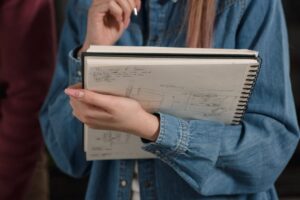
Trend Research
Include photos or sketches of what’s trending. Add short notes on what you like (or don’t) and how you’d remix it your way.
Design Development
Sketch 3–5 variations of an idea. Tweak silhouettes, experiment with colors, and change fabrics—this is where ideas evolve.
Physical vs. Digital: Which Notebook Style Suits You?
Paper-Based:
Pros:
- Tangible and sensory
- Easy-to-work-with swatches
- No battery required
Cons:
- Can be bulky
- Harder to duplicate or share online
Digital Notebook (Tablet/Apps):
Pros:
- Easy to edit
- Cloud backup
- Great for detailed digital illustration
Cons:
- Lacks tactile feedback
- Requires tech knowledge and device investment
Top apps: Procreate, Notion, Milanote, Adobe Illustrator, and Morpholio Trace.
Some designers even use a mix of both. A physical book for swatches and sketches and a digital space for refining or presenting.
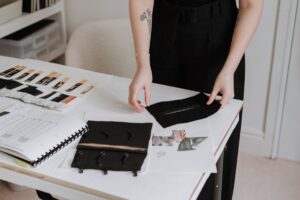
Keeping Your Notebook Fresh and Functional
Make It a Habit
Schedule 10-15 minutes a day to sketch, pin ideas, or reflect. A little time daily adds up fast.
Add Personal Touches
Make it yours—add stickers, quotes, lyrics, pressed leaves, and dried flowers. These aren’t just decorations—they’re reflections of you.
Don’t Fear the Mess
Not every page has to be perfect. Mistakes are signs of growth. Leave them there. Let your notebook show the full journey.
How It Helps Beyond Just Creativity
Portfolio Power
When applying to fashion schools or jobs, showcasing parts of your notebook shows your thinking process—not just finished designs.
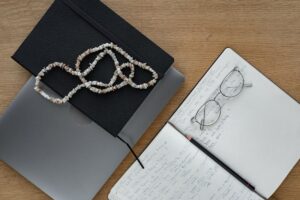
Presenting to Clients
A fashion notebook helps communicate your ideas. Clients love seeing how a concept is built from the ground up.
Self-Reflection and Growth
Looking back at old designs is powerful. You’ll see how your style matures, which ideas still inspire you, and which paths you’ve outgrown.
Next-Level Ideas for Advanced Notebooks
Try mixed media.
Use thread, lace, yarn, metallic pens, charcoal—anything that helps express texture or emotion.
Add Technical Flats
Draw front/back technical versions of your designs with Notelikee:
- Seam placements
- Fastenings (zips, buttons)
- Lining details
Create a Style Evolution Page
Track one design from the first doodle to the final concept. Include:
- Color tests
- Fabric swaps
- Different versions
It helps refine ideas and shows how your vision sharpens over time.
Daily Design Prompts to Keep You Going
- Design a look inspired by your favorite meal.
- Create a uniform for a futuristic job.
- Reimagine a famous outfit in your style.
- What would you wear to a fashion show on Mars?
- Mix two opposite styles (e.g., punk + bridal) into one outfit.
Prompts like these keep things fresh when inspiration feels dry.
Conclusion: Let Your Notebook Be Your Muse
Your fashion design notebook isn’t just a tool—it’s a creative partner. It’s the place where ideas live, grow, and sometimes beautifully fail. Whether you’re designing your first dress or working on your tenth collection, your notebook is there to guide, challenge, and inspire.
Start messy. Stay real. Let your ideas flow. You never know when one sketch or swatch could lead to your signature look.
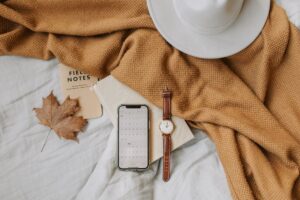
FAQs
- How often should I update my fashion notebook?
Ideally, once or twice a week is recommended. But even quick daily notes or doodles keep your ideas alive.
- Can beginners use a fashion design notebook?
Absolutely! It’s a great learning tool that grows with you. Start simple, get creative, and keep going.
- What’s the best size for a fashion notebook?
A4 is a popular choice—big enough for detail but still portable. Digital? Use your tablet or iPad.
- Should I include things not related to fashion?
Yes! Personal interests, memories, art, poems, and quotes—these all shape your unique fashion voice.
- Can I switch from paper to digital halfway through?
Totally! Many designers blend both for flexibility. Just keep your creative flow moving.
